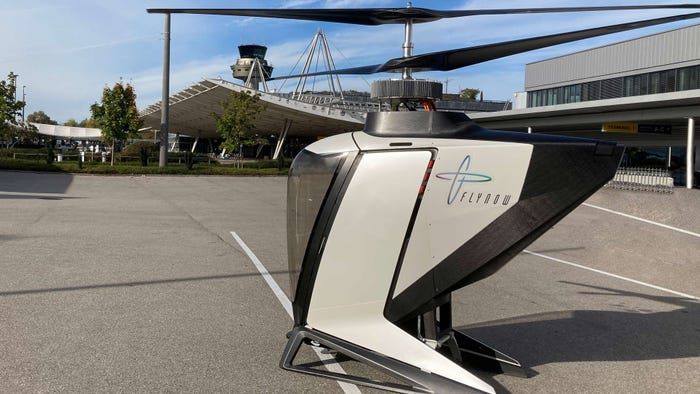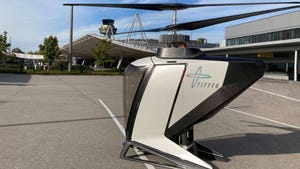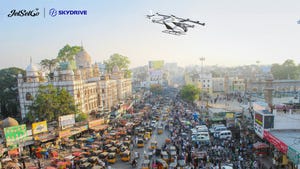Flying Vehicles Company Expands to PhilippinesFlying Vehicles Company Expands to Philippines
The Vertiia is hydrogen-electric powered and takes off like a helicopter and then flies as a fixed-wing aerial vehicle

An Australian flying vehicle company has signed an agreement with the Philippines Bases Conversion and Development Authority (BCDA) to collaborate to bring hydrogen-electric flying vehicles to the Philippines.
AMSL Aero, which is developing the Vertiia hydrogen-electric VTOL (vertical takeoff and landing) vehicle and BCDA plan to collaborate to develop an ecosystem for hydrogen energy that could help connect the islands of the Philippines with passenger and freight air travel with hydrogen production plants for refueling.
The Vertiia is hydrogen-electric powered and takes off like a helicopter and then flies as a fixed-wing aerial vehicle. It has a range of 620 miles and can travel at 186 mph, according to the company.
For more flying vehicle and other embedded tech news subscribe to our free newsletter!
“The partnership agreement with BCDA, and also the recently signed partnership with Life Flight New Zealand, clearly demonstrate the global demand and opportunity for hydrogen-powered VTOL technology,” said Max York, CEO of AMSL Aero. “These agreements will enable AMSL Aero to further develop our innovative Vertiia technology to support multi-national requirements for passenger, cargo, air rescue, aeromedical and military air operations.”
Aviation Logistics, one of Australia’s largest general aviation and regional airline groups, recently placed an order for 10 of the VTOLs with an option to purchase 10 more.
Aviation Logistics is the parent company of Air Link, AirMed and Chartair, which offer passenger services, aircraft charter, air freight and aeromedical flights from seven bases across Australia.
Flights using the electric aerial vehicles (EAV) could start in 2027, once approved by regulators.
Targeted uses of the Vertiia are aeromedical, cargo and passenger carrying.
AMSL Aero last year received a $3.6 million grant from the Australian Renewable Energy Agency to develop a fuel cell system to power its Vertiia EAV.
The flying vehicle maker also has a partnership with Life Flight in New Zealand.
AMSL Aero has raised $32 million from private investors and government programs to develop flying vehicles.
About the Author
You May Also Like


.jpg?width=700&auto=webp&quality=80&disable=upscale)





